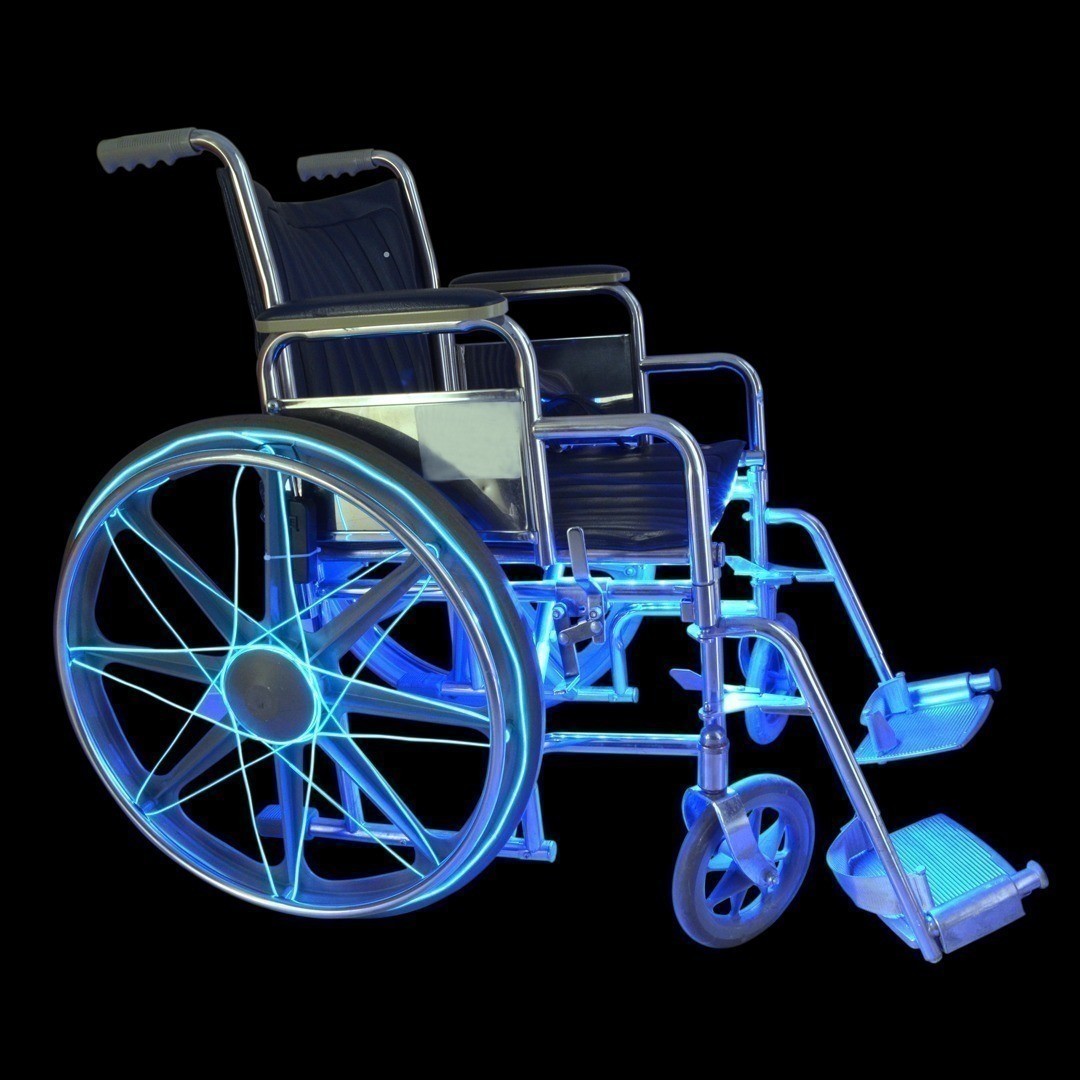

ac/dc supply, pwm, switched mode, switched mode supply


We can’t help but notice the PCBA also exposes RS485 and CAN transceivers which seem to be unused so far, perhaps for a future expansion into wired control?Ĭontinue reading “Go The Extra Mile For Your LED Driver” → Posted in hardware, LED Hacks Tagged analog, dac, ESP-32, LED driver, power supply, power supply. Providing control he has the ubiquitous ESP-32 to drive the control nodes of the supply and giving the added bonus of wireless connectivity (one’s blinkenlights must always be orchestrated). But went all the way and designed his from scratch. A typical project might use a fully integrated solution in the form of a drop-in module or wall wart, or a slightly less integrated controller IC and passives. Switched-mode power supplies are an extremely common way of converting arbitrary incoming AC or DC voltage into a DC source. He calls it his “first advanced AC design” and we are suitably impressed.
#Make led look flickery software#
must have really had an itch to scratch, because to get the smoothest fades for his single color LED strips, he built an entire software defined dual 50W switched-mode AC power supply from scratch. Of course there are many ways to drive such a strip but this is Hackaday, not Aliexpressaday (though we may partake in the sweet nectar of e-commerce). If instead of colors you expect to show shades of white you may the find less flickery, wider spectrum light from a string of single color LEDs and a nice supply desirable. We’ve covered several ’s videos, covering topics from self-powered wireless switches to filling up fake capacitors with electrolyte.Ĭontinue reading “Investigating A New Chip In A Minimalist LED Lamp” → Posted in LED Hacks Tagged bridge rectifier, circuit design, LED driver, reverse engineeringĪddressable RGB LED strips may be all the rage, but that addressability can come at a cost.

He also mentions that the lifespan of the lamp would likely be increased by swapping out the current setting resistor for a larger one. However, this results in a very annoying flicker of the LEDs at the AC frequency, especially at low brightness settings.Īs always, this is a very informative video from, and it was all done based on a single picture of the PCB sent in by a viewer. It is possible to eliminate the smoothing capacitor and discharge resistor, as other LED circuits have done, which also allow the light to be dimmable. The second resistor is to discharge the capacitor, while the final resistor sets the current output of the regulator. The first resistor limits the inrush current to the large smoothing capacitor. The only other components on the board are three resistors, a capacitor, and LEDs. After reverse-engineering the PCB, concluded that the JW B 1981 must include an onboard bridge rectifier. However, there is a datasheet for the JW1981, which is a linear LED driver. The chip in question is a Joulewatt JWB 1981, for which no datasheet is available on the internet. gave a minimalist LED lamp his reverse engineering treatment, and discovered a new chip that requires only four additional passive components to run LEDs on AC power. Teardowns of cheap electronic devices can produce results that are interesting, horrifying, or both, especially when mains power is involved.


 0 kommentar(er)
0 kommentar(er)
